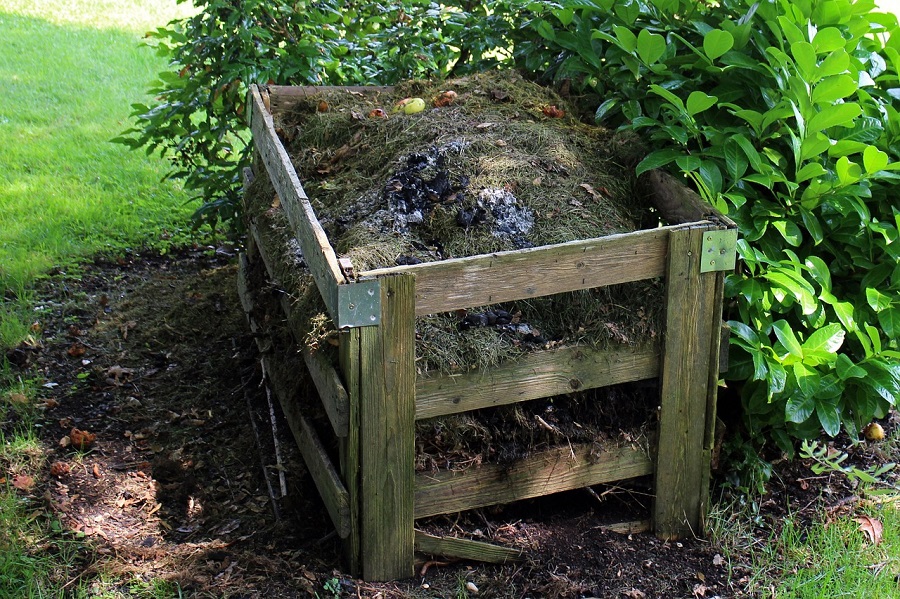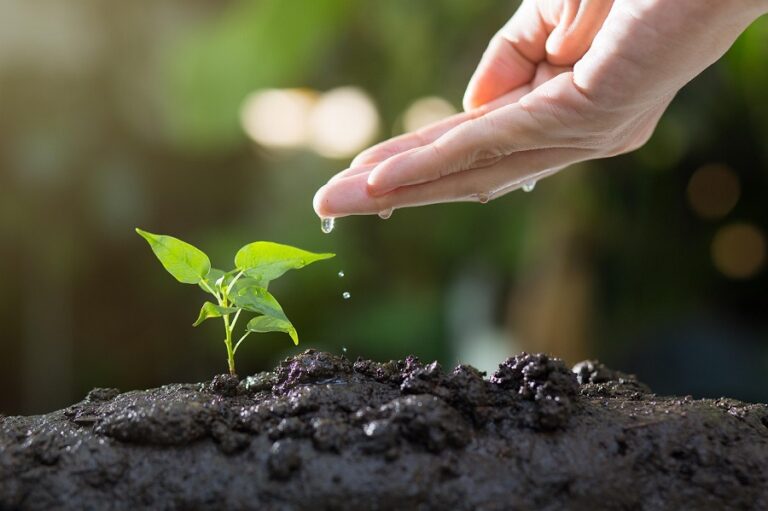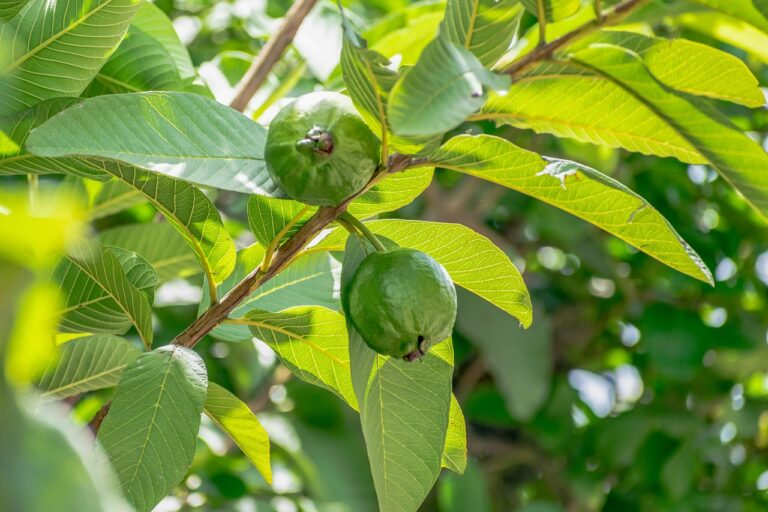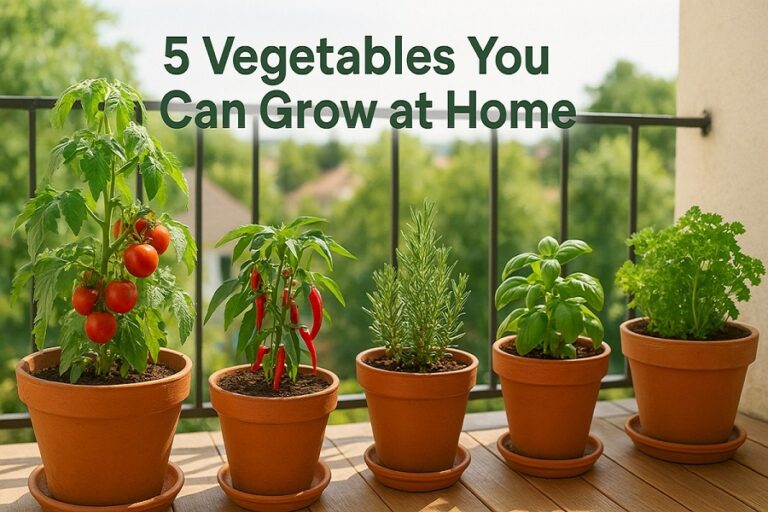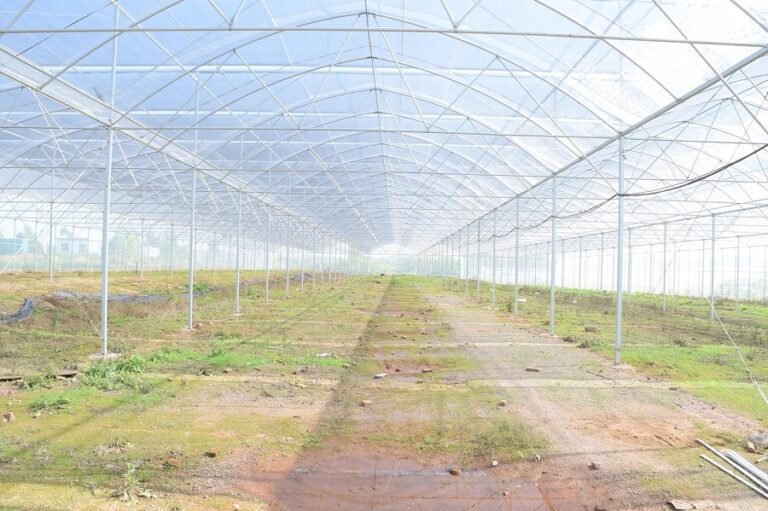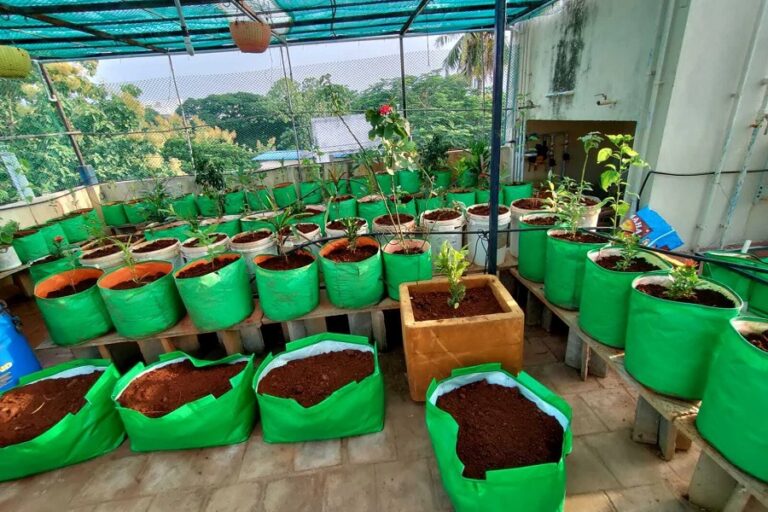How to Make Compost at Home Using Kitchen Waste
Every day, households throw away vegetable peels, fruit skins, tea leaves, and other kitchen scraps that usually end up in the garbage bin. But what if I told you that these scraps are not waste at all? With more than 10 years of farming experience, I can confidently say that composting is one of the best ways to turn everyday kitchen waste into nutrient-rich organic fertilizer. Not only does it save money, but it also improves soil health and reduces household waste. In this guide, I’ll walk you step by step through how to make compost at home using kitchen waste, even if you live in a small apartment.
Why Composting Matters
Before jumping into the “how-to,” let’s understand why composting is so important:
- Reduces household waste: Up to 50% of daily household waste is biodegradable. Composting cuts down the amount of garbage that goes to landfills.
- Creates free fertilizer: Instead of buying expensive chemical fertilizers, you can make your own natural compost.
- Improves soil health: Compost is rich in organic matter and beneficial microbes that keep soil fertile.
- Environmentally friendly: Composting lowers methane emissions from landfills and reduces pollution.
- Perfect for urban gardening: Even if you have just a few pots at home, composting keeps your plants healthy.
What You Need to Start Composting at Home
Composting doesn’t require fancy equipment. You can start with simple things you already have at home. Here’s what you need:
- A container or compost bin (can be a plastic bucket, earthen pot, or wooden box with holes for aeration)
- Kitchen waste like fruit peels, vegetable scraps, tea leaves, coffee grounds, and eggshells
- Dry materials such as dried leaves, sawdust, shredded newspaper, or cardboard
- A small tool or stick to mix the compost
- A shady corner on your balcony, terrace, or backyard
Types of Kitchen Waste You Can Use
Not all kitchen waste is suitable for composting. From my experience, here’s what works best:
- Good for compost: Fruit peels (banana, orange, apple), vegetable scraps, tea leaves, coffee grounds, eggshells, bread, rice, pulses, and dry leaves.
- Avoid: Meat, fish, oily food, dairy products, and cooked food with too much spice or oil. These attract pests and create foul smells.
Step-by-Step Guide to Making Compost at Home
Here’s a simple method I recommend for beginners:
- Prepare your compost bin: Take a bucket or pot and drill small holes on the sides for air circulation. Place it in a cool, shaded area.
- Add a base layer: Start with a layer of dry material such as dried leaves, shredded newspaper, or cardboard. This helps absorb excess moisture.
- Add kitchen waste: Put your daily vegetable peels, fruit scraps, and other organic waste into the bin. Chop larger pieces into smaller bits so they decompose faster.
- Balance with dry waste: For every layer of wet waste, add a handful of dry waste like sawdust or leaves. This keeps the compost from becoming too soggy.
- Mix regularly: Stir the compost once every 4–5 days with a stick or spade. This provides oxygen and speeds up decomposition.
- Maintain moisture: The compost should feel like a damp sponge – not too wet, not too dry. If it’s too dry, sprinkle a little water. If it’s too wet, add more dry leaves.
- Wait patiently: Within 6–8 weeks, the waste will turn into dark, crumbly, earthy-smelling compost.
How to Know When Your Compost is Ready
Beginners often ask me how to identify finished compost. Here are the signs:
- It has a pleasant earthy smell, not a foul odor.
- The material is dark brown or black, crumbly, and soil-like.
- No visible kitchen waste remains; everything looks decomposed.
Common Problems and Quick Fixes
Even after years of composting, I sometimes face small issues. Here’s how you can fix them:
- Bad smell: Too much wet waste. Add more dry leaves or shredded paper and mix well.
- Too dry and not decomposing: Sprinkle water and mix.
- Pests or flies: Cover food waste with a layer of dry leaves after every addition. Avoid adding meat or oily food.
- Slow composting: Chop waste into smaller pieces and mix more often.
Uses of Compost
Once your compost is ready, it can be used in multiple ways:
- Mix it with garden soil to grow vegetables, fruits, or flowers.
- Top-dress potted plants every few weeks to keep them healthy.
- Use it as a natural fertilizer in your farm, terrace garden, or backyard garden.
- Give it to neighbors or friends who garden; it’s more valuable than store-bought fertilizers.
My Personal Experience with Composting
When I first started composting at home, I used an old plastic drum with a few holes punched in it. Within two months, I had a bucket full of rich, earthy compost that I used in my vegetable patch. The results were remarkable; my tomatoes and spinach grew faster and tasted fresher compared to when I relied only on store-bought fertilizers. Over the years, I’ve reduced my dependency on chemicals, saved money, and contributed to a cleaner environment, all by turning waste into gold.
Conclusion: Turn Waste into Wealth
Composting is not complicated- it’s nature’s recycling system. By learning how to make compost at home using kitchen waste, you reduce garbage, save money, and grow healthier plants. Whether you’re a farmer, a home gardener, or someone who wants to live more sustainably, composting is a simple habit with powerful results. Start small today; your plants, soil, and the environment will thank you.
FAQs on Composting at Home
Q1. How long does it take to make compost from kitchen waste?
Usually, it takes 6–8 weeks, depending on temperature, moisture, and the type of waste used.
Q2. Can compost be made without a special bin?
Yes, you can use any container with holes for air circulation, or even dig a small pit in your backyard.
Q3. Does composting at home attract rats or pests?
Not if done properly. Avoid meat, fish, or oily food, and always cover fresh waste with dry leaves or soil.
Q4. Can I compost during the rainy season?
Yes, but keep the bin covered to avoid excess water. Balance with more dry material if it gets too wet.
Q5. Is homemade compost safe for all plants?
Absolutely! It can be used for vegetables, fruits, flowers, and even indoor plants.
